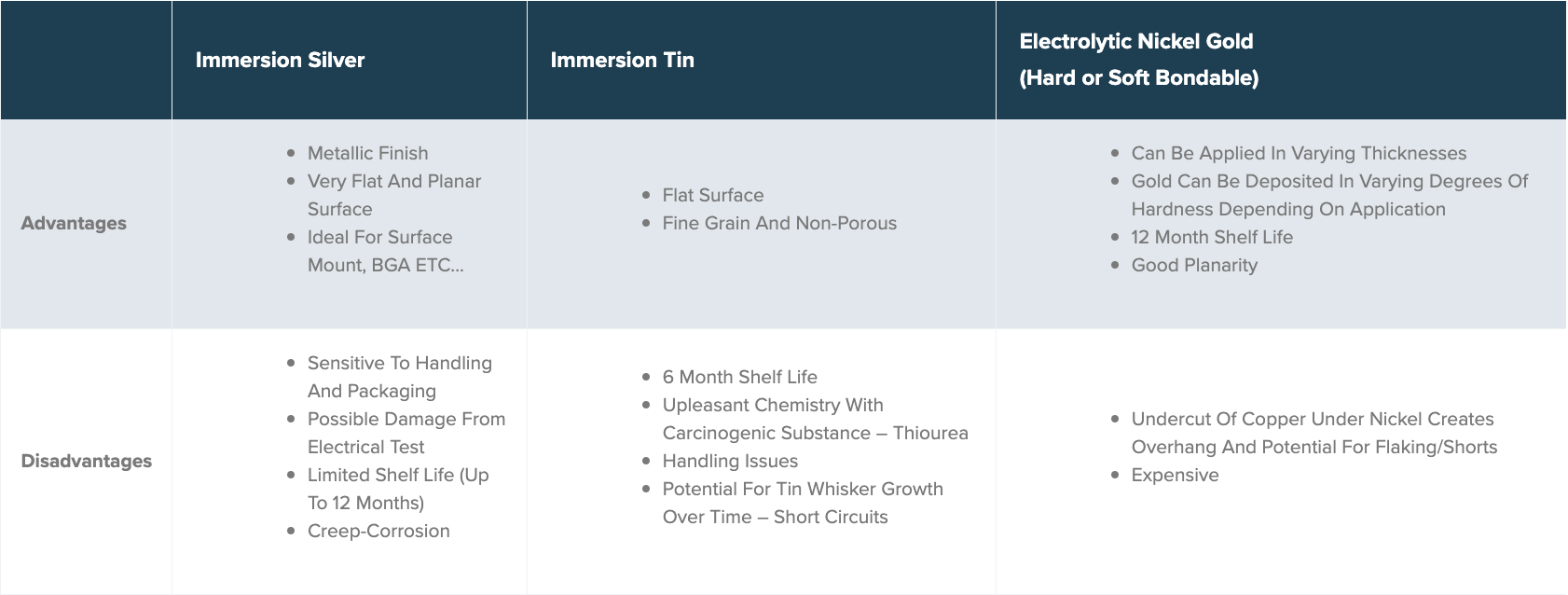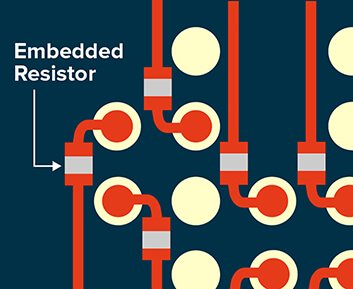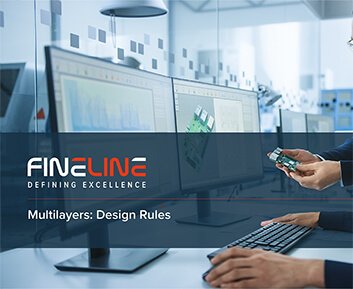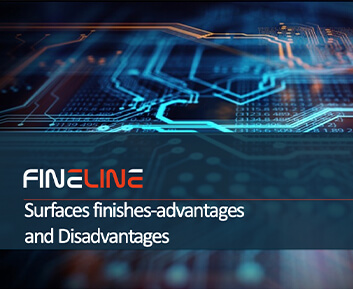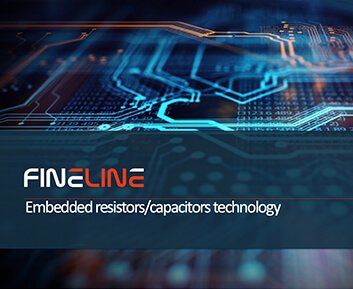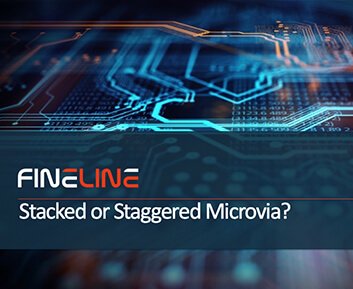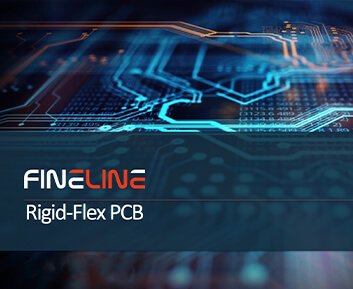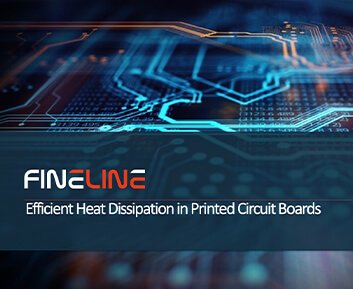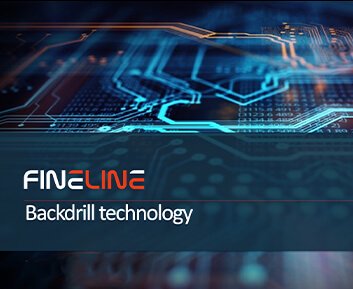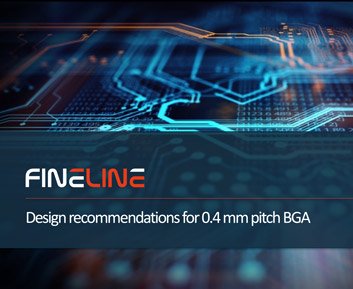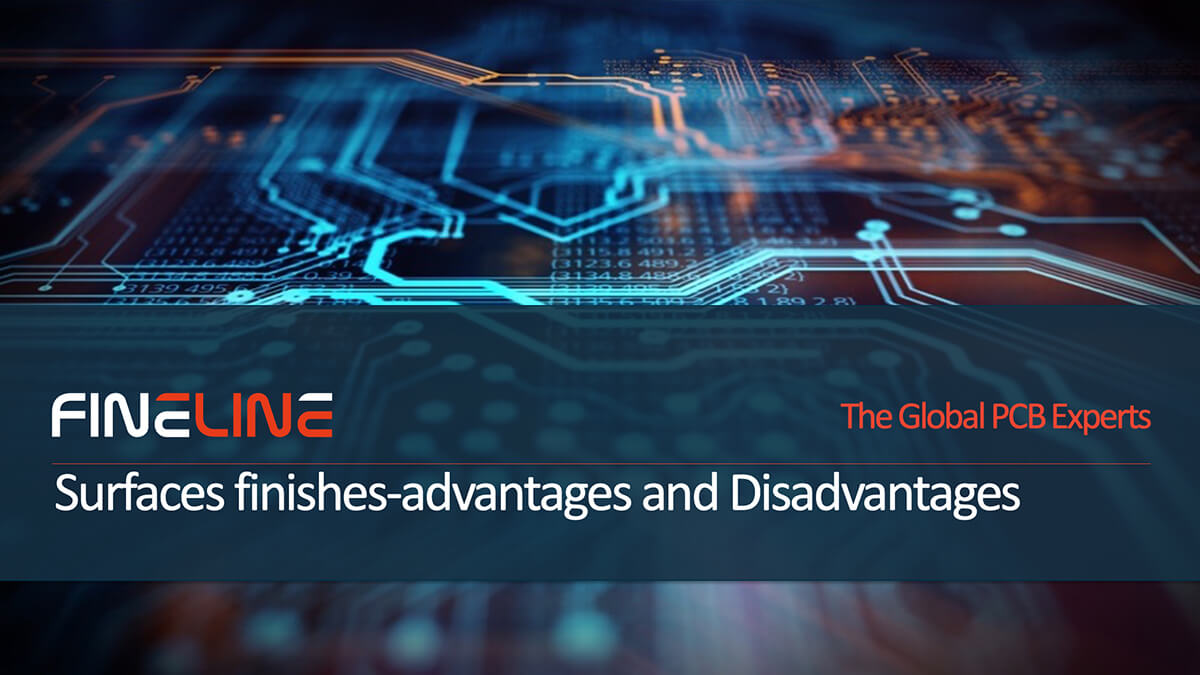
Why do we need a surface finish?
Surface finish is necessary for 2 key reasons:
- To prevent oxidation of exposed copper surfaces which would lead to poor solderability/reliability.
- To provide a reliable, solderable surface which acts as the connection between the PCB and the components.
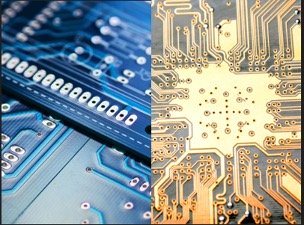
Advantages and disadvantages
| HASL | OSP | ENIG | |
|---|---|---|---|
| Advantages |
|
|
|
| Disadvantages |
|
|
|
Advantages and disadvantages
| Immersion Silver | Immersion Tin | Electrolytic Nickel Gold (Hard or Soft Bondable) |
|
|---|---|---|---|
| Advantages |
|
|
|
| Disadvantages |
|
|
|
Advantages and disadvantages
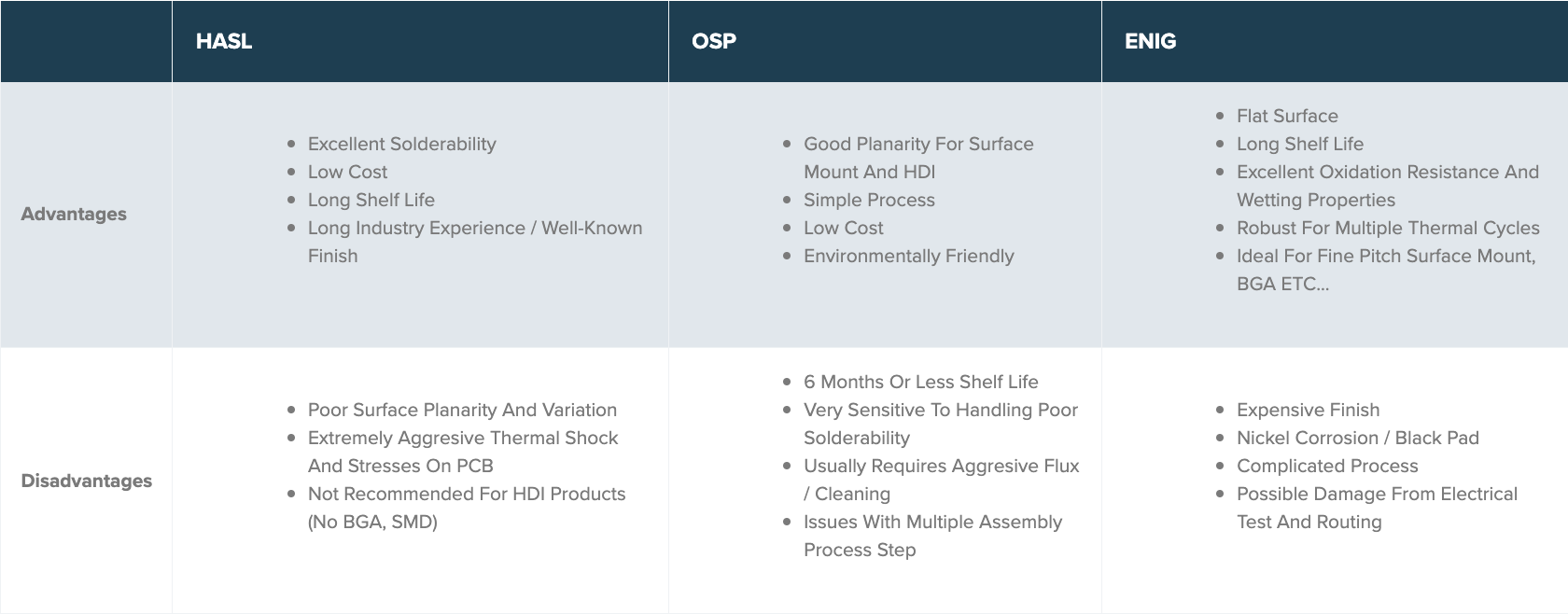
Advantages and disadvantages
